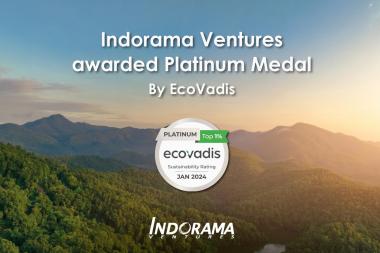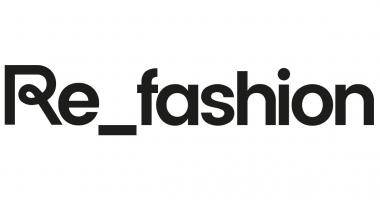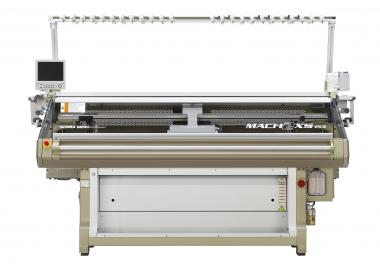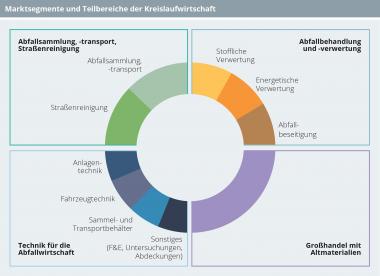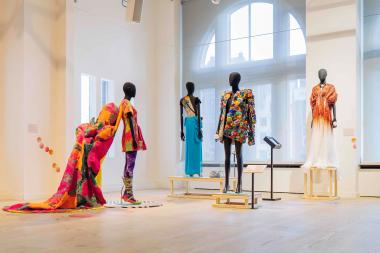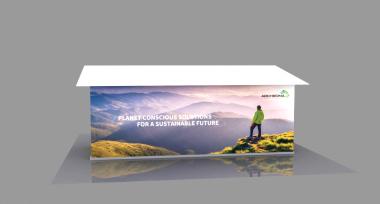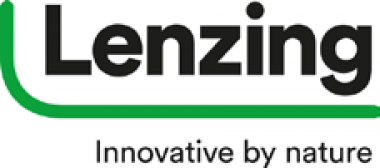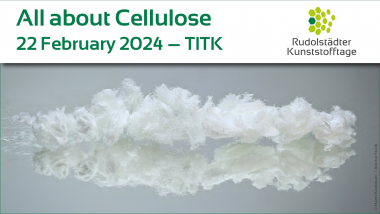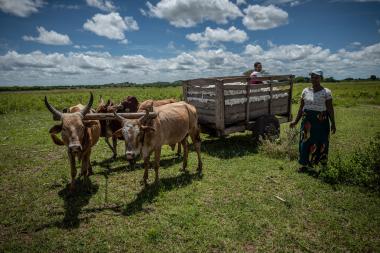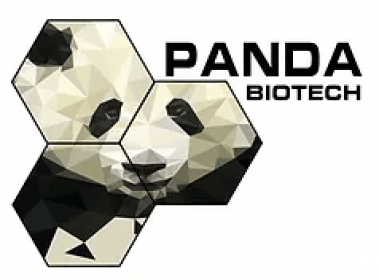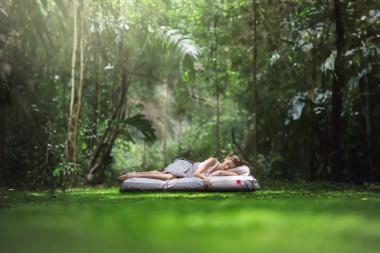Indorama Ventures awarded by EcoVadis Sustainability Assessment
Indorama Ventures Public Company Limited has been awarded the 'Platinum Medal' by EcoVadis Sustainability Assessment, underscoring the company's commitment to sustainability.
Indorama Ventures actively participates in the annual EcoVadis assessment to measure its sustainable practices, ensuring alignment with the diverse requirements of key customers across various business segments and operations. In the latest evaluation for 2024, the company achieved a Platinum Medal with a score of 80, surpassing last year’s score of 77. Indorama Ventures is ranked in the top 1% of all companies assessed within the primary industries of basic chemicals. The company demonstrated above industry-average performance in all four assessment areas: environment, labor human rights, ethics, and sustainable procurement.
Indorama Ventures


